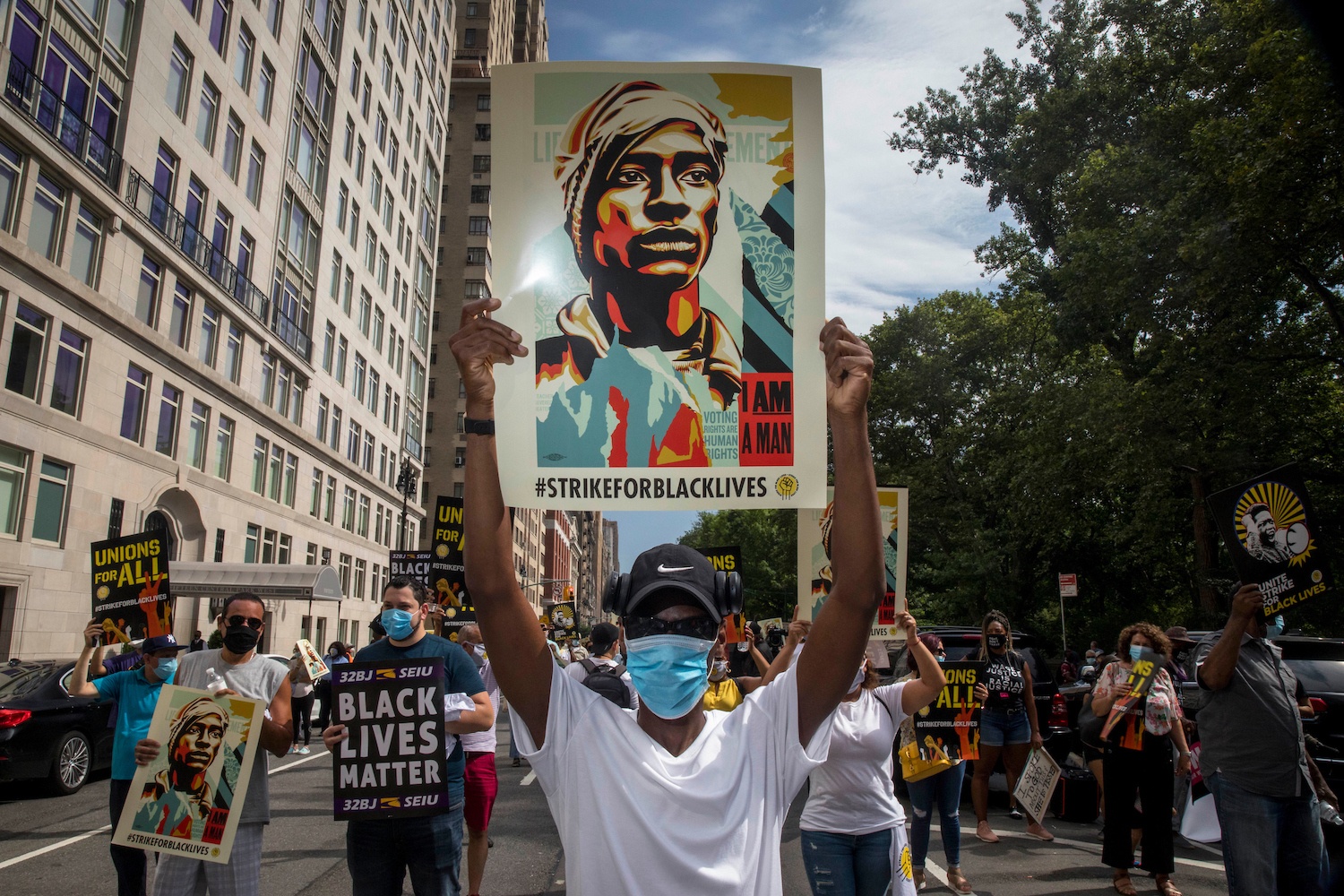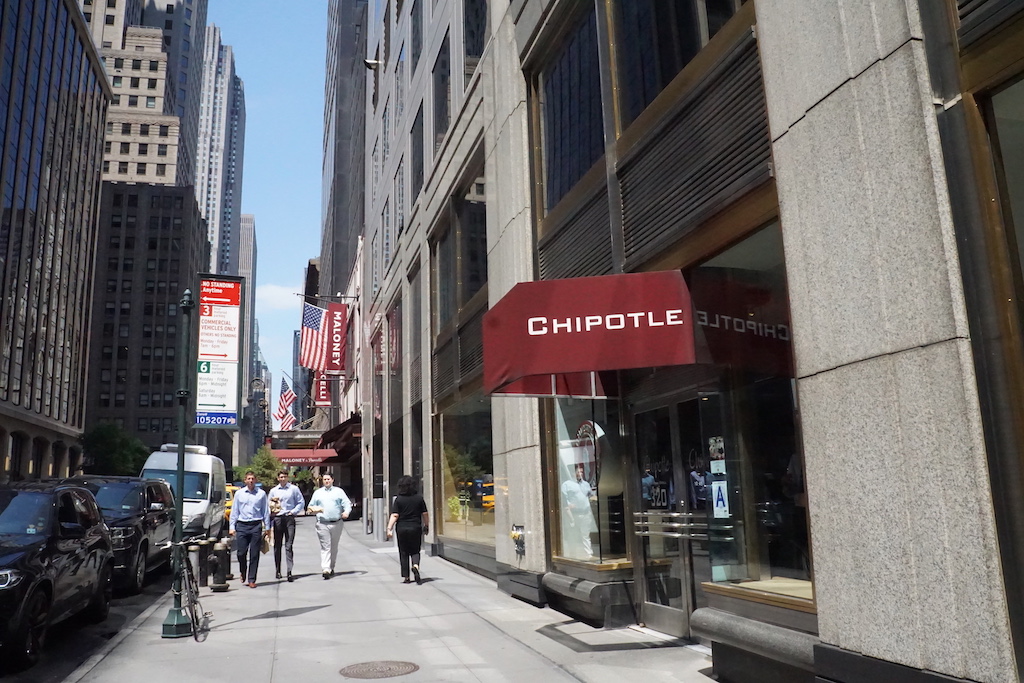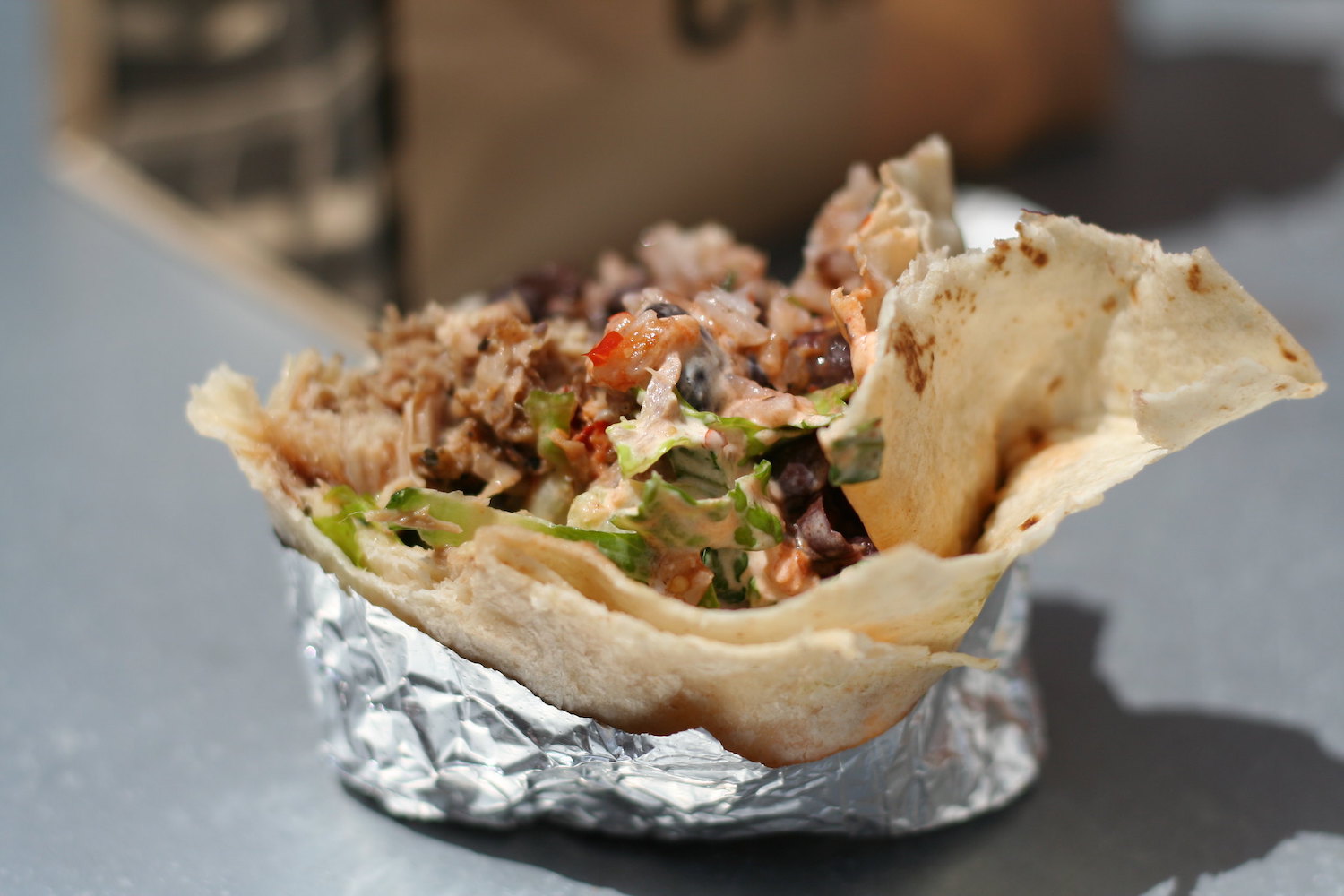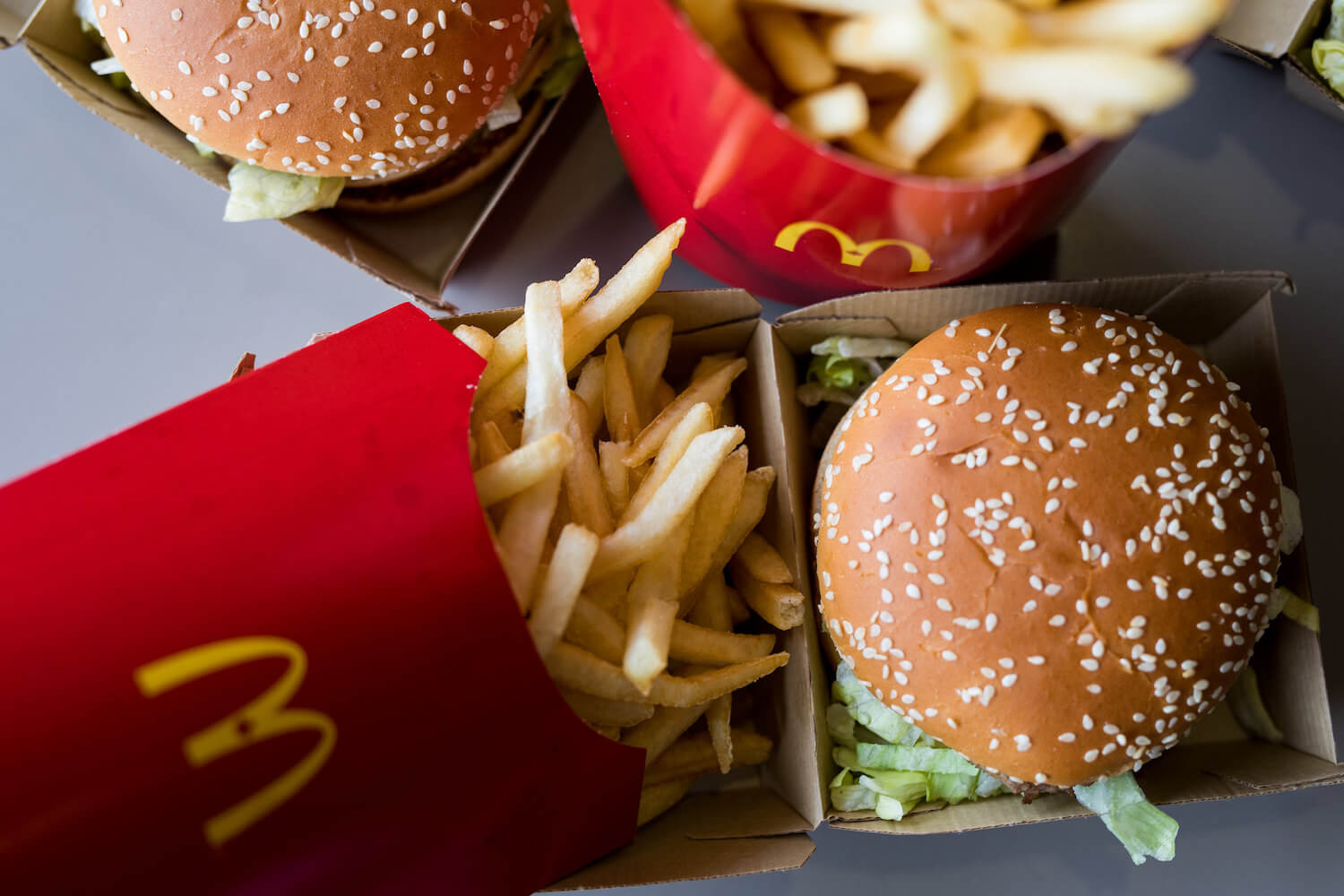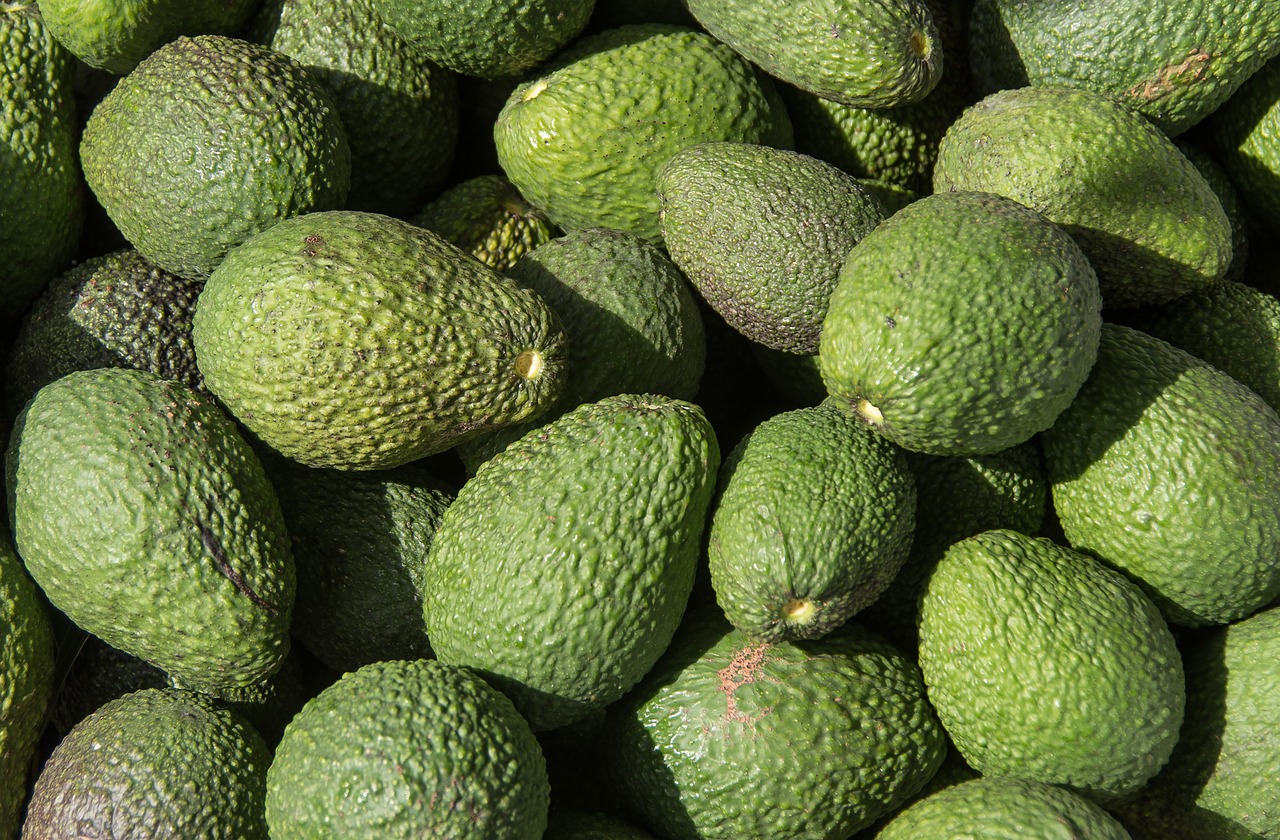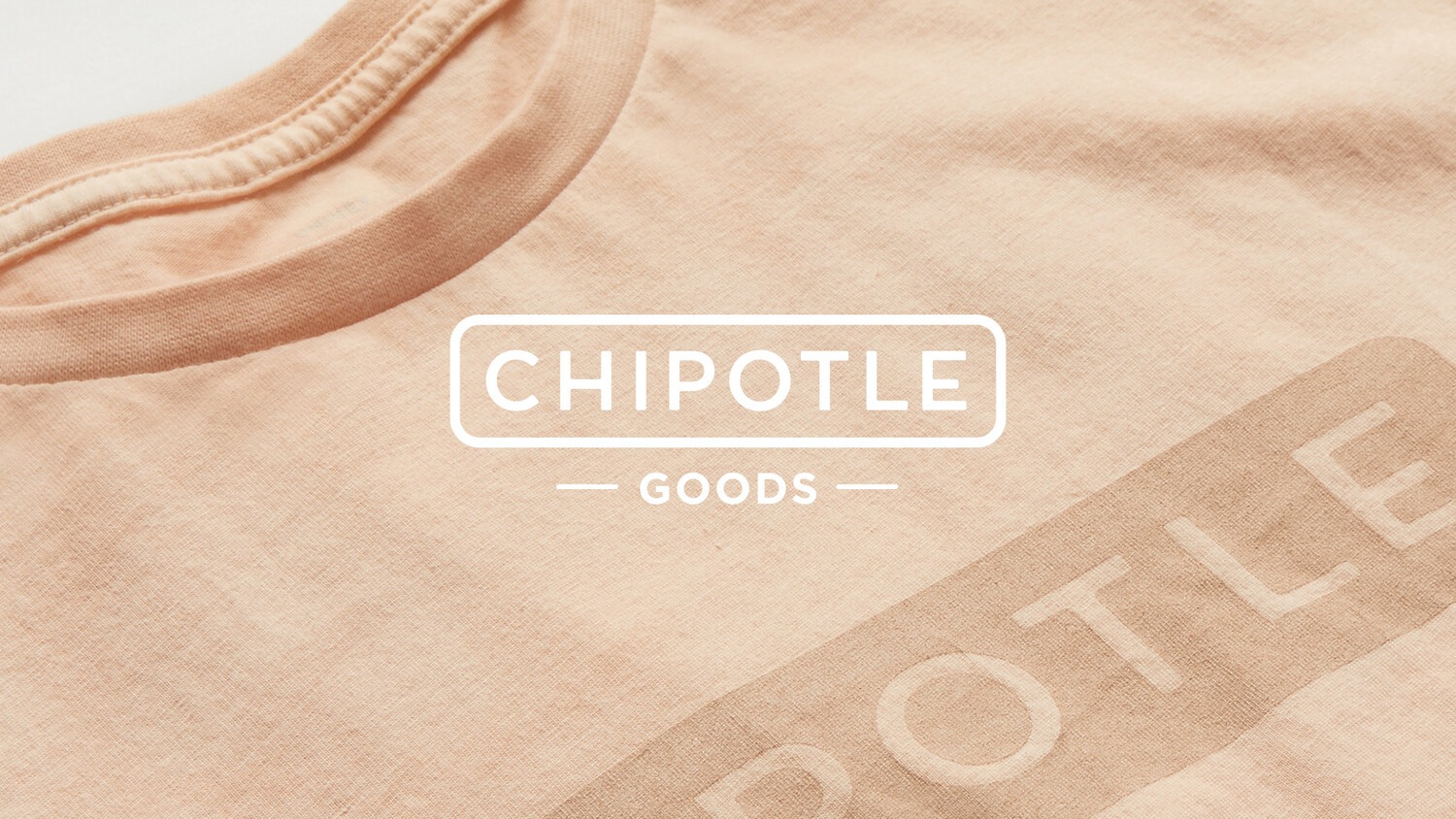
Chipotle Mexican Grill
The reused hand-dyes come from a fraction of a fraction of wasted seeds, and require significant water and other resources to produce.
A couple weeks ago, we saw the news: Chipotle released a line of sustainable apparel called Chipotle Goods, which included shirts and canvas tote bags dyed with ink from leftover avocado pits. The fast-casual chain, one of the largest purchasers of avocados in the United States, has so far diverted about 10,000 pits towards the clothing line, and with the limited-edition items almost gone, it’s now murmuring about expansion.
At first glance, this seems like a win-win. Food waste is a major environmental problem, because when organic materials like avocado pits—which take a notoriously long time to decompose—end up in landfills, they release carbon dioxide and planet-warming methane. It’s notoriously difficult to quantify how much food we waste every year, in part because we can’t even agree on a definition. Some agencies say food waste is anything that doesn’t get eaten; others, anything edible in a landfill. Regardless, it’s enough that the United States has committed to halving it by 2030.
Every year, Chipotle goes through 300 million avocados, which produces roughly 18,750 tons of pits.
Chipotle has a similar goal to save 50 percent of all store waste from landfills by the end of 2020. So far, it’s on track. Between efforts to recycle more cardboard, compost more kitchen scraps, and donate more leftovers, the chain diverted 47 percent of waste last year, up 42 percent from 2018, according to an April sustainability report. But overall, only 27 percent of the chain’s 2,600-plus stores compost and 91 percent recycle, partially because landlords, not local managers, manage those services, the chain claims.
This is why the chain, in its report, said it has to pursue “innovative solutions” to meet its food waste and landfill diversion targets. Enter “upcycling,” a buzzier, fuzzier term for reusing food scraps that’s already embraced by giant companies like McDonald’s, which is turning coffee chaff into Ford car parts. Chipotle started an upcycle pilot program two years ago, recycling plastic gloves from select stores in Portland, Oregon, and Sacramento, California, into trash bags. This new effort to save and reuse avocado pits is smaller in scale, and so far limited to the four stores located closest to Green Matters, a natural dye company located on a converted Amish dairy farm in Gap, Pennsylvania.
Winona Quigley, the co-founder and chief executive officer of Green Matters, says they’ve so far boiled about 10,000 Chipotle avocado pits for color. Once the seeds are cooked down, they’re removed from the stock and composted on-site. The dye stock is diluted with more water, and poured into industrial drums, where the cotton T-shirts, sweatshirts, and canvas tote bags are added and continuously agitated. When it’s all said and done, each piece in the collection requires the juice from about five pits, and all the water comes from a rainwater cistern, she says.
Only 27 percent of its stores compost, and no less than 13,680 tons of those pits head to landfills.
The items, which retail between $20 and $45 online, seem to be a hit with customers. As of this writing, a pinkish crewneck sweatshirt, embroidered with a cursive “extra,” is sold out, and a cotton T-shirt is down to only two sizes. Canvas totes (“it’s okay to be a little extra”) are still available. Nearly three weeks after the line went on sale, the company says it’s now looking to expand, both by saving seeds from three more local stores, and by extracting dye from other leftover ingredients like red onion skins.
Of course, Chipotle didn’t invent this idea. Naturally dyed garments are trendy, embraced by major apparel companies and Brooklyn artisans alike as sustainable alternatives to petroleum-derived synthetic inks. Synthetic dyes, which have dominated apparel production since the 19th century, are more toxic. Conventional dye manufacturers rely on heavy metals like copper, cobalt, and chromium, which pose long-term health risks to workers. Those materials can end up in waterways, threatening both aquatic life and drinking water supplies.
“Synthetic dyes for apparel have had a long, dirty past of polluting the environment, and they have been the norm in the fashion industry,” said Kelsie Doty, an apparel design instructor at Kansas State University. “Now, when we look at natural dyes, they’re biodegradable. You can use a plant-based dye, and with that wastewater simply put it back in the system or on a field.”
Avocado seeds in particular have taken off, Doty said, and not just because people love to eat the fruit. Unlike other plants, or kitchen staples like black beans, the seeds have a higher concentration of tannins, which are molecules that bind the color to fabric and create durable, lasting dyes that don’t come out in the wash or sun-bleach so quickly. The resulting color, although a bit muted, has the familiar hues of millennial pink.
“The most millennial food gives us the most millennial color,” Doty said.
It’s no surprise that Chipotle, a company that’s long claimed moral high ground with ingredient sourcing, even to its own detriment, would turn to conscious-capitalist merch. Besides the sustainable halo of the organic dye, the company also claims that it’s one of the largest buyers of global organic textile standard cotton in the United States, through apparel from Loomstate, its supplier for uniforms and Chipotle Goods clothes.
But like the store’s other efforts to shop its way out of the environmental crisis, there’s more to this than meets the eye. Organic cotton requires more water to produce than conventional stuff, and it’s usually sourced from water-scarce Asian countries. The cotton in Chipotle Goods is no different, grown in India and manufactured into apparel there and in China, although a company spokesman said its farmers reduce water use by “taking advantage of the monsoon cycles.”
Others question the relevance or importance of the clothing line during a global pandemic. Jeremy Espinal, a Manhattan line cook who is unionizing his Chipotle location, said he understands “that the environment and climate change are large issues, but I feel like right now, there’s more pressing issues with Covid, and us employees not being sure how things are going to be after this.”
Unlike other plant byproducts, avocado seeds have a higher concentration of tannins, which are molecules that bind the color to fabric and create durable, lasting dyes.
The environmental bona fides are also up for debate. Martin Bide, a textile scientist at the University of Rhode Island, said that natural dyes are weak, and require additional materials to adhere to clothing, like the potassium aluminum sulphate that’s found in Chipotle’s avo-dye shirts. More importantly, natural dyeing is inefficient. Unlike conventional dyes, they require extra baths of water to soak out the colors from the scraps and shells. The avocado seeds, he said, contain hardly any dye at all, and estimates that 1 percent or less can be extracted for color.
“Is it worth the water, time, and energy to get that little bit of dye out and apply it, and still be left with most of the waste?” he asked. “It’s a lovely story, but I’m highly skeptical that it will make any kind of significant impact on reducing the effect of that many million avocado pits.”
Greg Ziegler, a Penn State food scientist, and co-founder of Persea Naturals, a company that uses an ethanol solution to extract bright orange dye from macerated pits, suggests Chipotle could instead use pits for their starch, which can be repurposed as a food thickener or pulp for paper, fabrics, or disposable cutlery. The chain says it’s “investigating” how to use avocado starch.
Every year, Chipotle goes through 300 million avocados, which produces roughly 18,750 tons of pits, based on data provided by a company spokesman. Because only 27 percent of its stores compost, no less than 13,680 tons of those pits head to landfills. That’s a huge, staggering amount, particularly when you consider how much has been diverted to be converted to dyes by Green Matters: about five-eighths of a single ton. The actual planetary impact of the upcycle effort is negligible‚ a waste diversion initiative that could be rounded down to zero.
Nevertheless, there’s reason to be optimistic. The avo-dye line could be a proof of concept, says Brian Roe, an agriculture economist at Ohio State University who studies food waste. If the fast-casual chain proves it’s a success, both in terms of saving the pits and making a popular product, then other companies that purchase huge quantities of avocados could follow. The next step would be to establish formal supply chain connections with clothing companies, which are considered key to reuse programs.
Perhaps, in more ways than one, Chipotle has also tapped into the zeitgeist.
“We’re all trying to tighten the belt right now, and with Covid, using what we have, that’s really the narrative. This happening now, I think, is a spark to start these conversations between industries,” said Quigley. “If this is what it takes for the food industry and the fashion industry to start converging, I don’t know if that’s greenwashing. I think it’s a positive thing that could lead to major change.”

